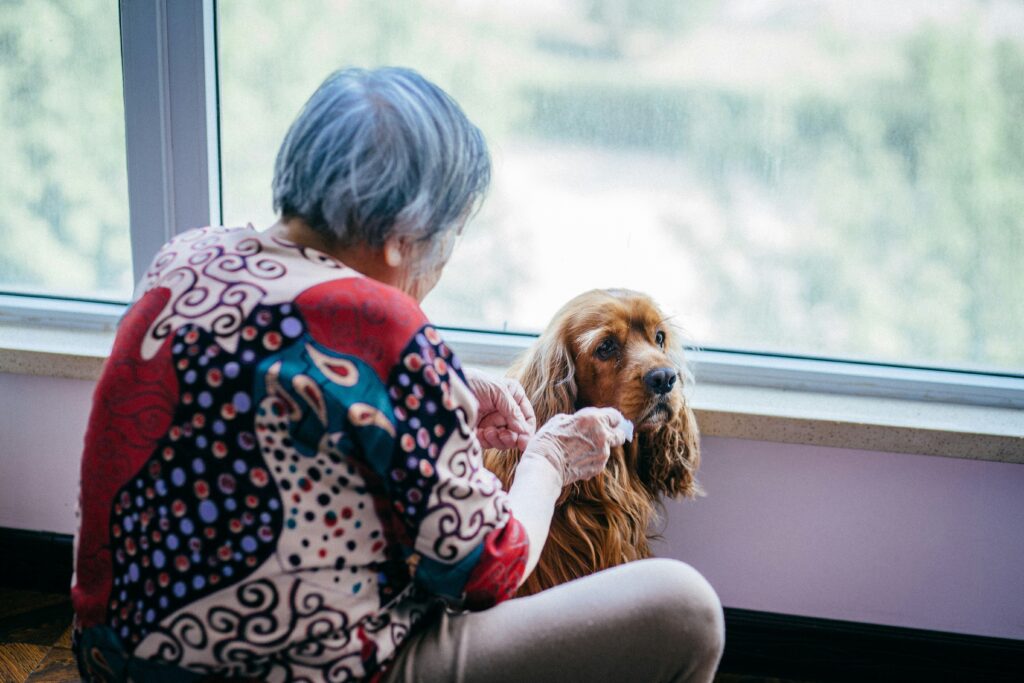
In today’s world, senior wellness extends beyond diet and medication—it also encompasses mental and emotional health. And when it comes to emotional support, nothing compares to the impact of a living, breathing pet companion. Whether it’s the soft, gentle movement of a dog’s tail or the subtle purr of a cat, pet therapy has become a powerful tool in enhancing the quality of life for seniors.
The Science Behind Pet Therapy
Pet therapy emerges from decades of research. Experts now agree that animal interactions can significantly boost emotional regulation in senior individuals. Studies indicate that when seniors engage with furry companions, it leads to measurable improvements in mood and a reduction in anxiety and loneliness. These aren’t just theories; research reveals that animal contributions extend far beyond cuddles and companionship.

Emotional well-being is crucial in the world senior community. Isolation and depression often accompany aging. However, seniors in therapy experience dramatic improvements in their emotional state when exposed to animal interaction. It isn’t just about comfort—it’s therapy in its most natural, gentle form.
What Is Pet Therapy?
Pet therapy is a structured interaction between a person and a pet—typically dogs, cats, or even birds—to improve mental, physical, and emotional health. Healthy pet therapy programs are now widely used in assisted living communities, memory care facilities, and in-home settings.
Unlike medications, pet therapy has no harmful side effects. Instead, it offers the healing power of touch, companionship, and non-judgmental presence. Imagine a senior sitting calmly with a gentle dog, its tail wagging, by their side. Breathing slows. A smile returns. Loneliness begins to ease. This is the power of animal interaction.
Gentle Therapy for Seniors
The key to effective therapy seniors receive from pets lies in the gentle nature of the interaction. The wagging tail, the soft fur, the quiet companionship—these elements work together to stimulate the senses and evoke positive feelings. It’s no wonder pet therapy senior programs are rapidly expanding worldwide.
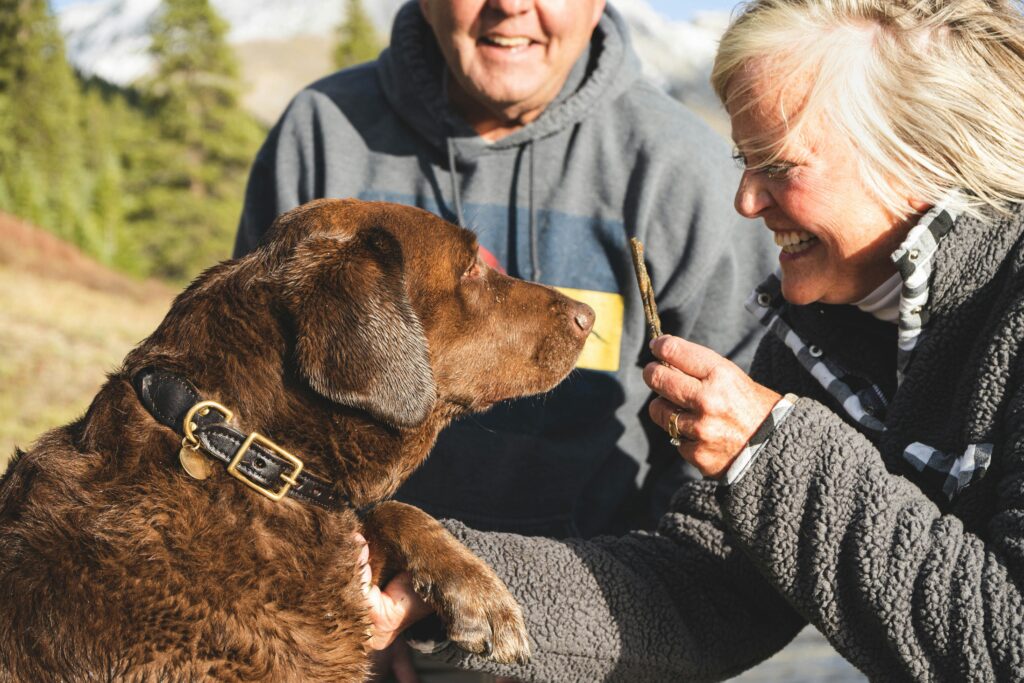
For example, in the world senior wellness community, trained therapy dogs are introduced to seniors as part of their daily routine. These furry companions offer more than friendship—they help build emotional stability. Even companions aren’t just pets—they’re caregivers in their own right.
More Than Just a Pet: Emotional Support in Action
A dog might gently touch your hand after a challenging day. When silence becomes overwhelming, a cat curls up on a lap for comfort. These living, breathing beings offer more than comfort—they offer emotional balance. Their presence activates serotonin and dopamine—the hormones responsible for feelings of happiness and calm.
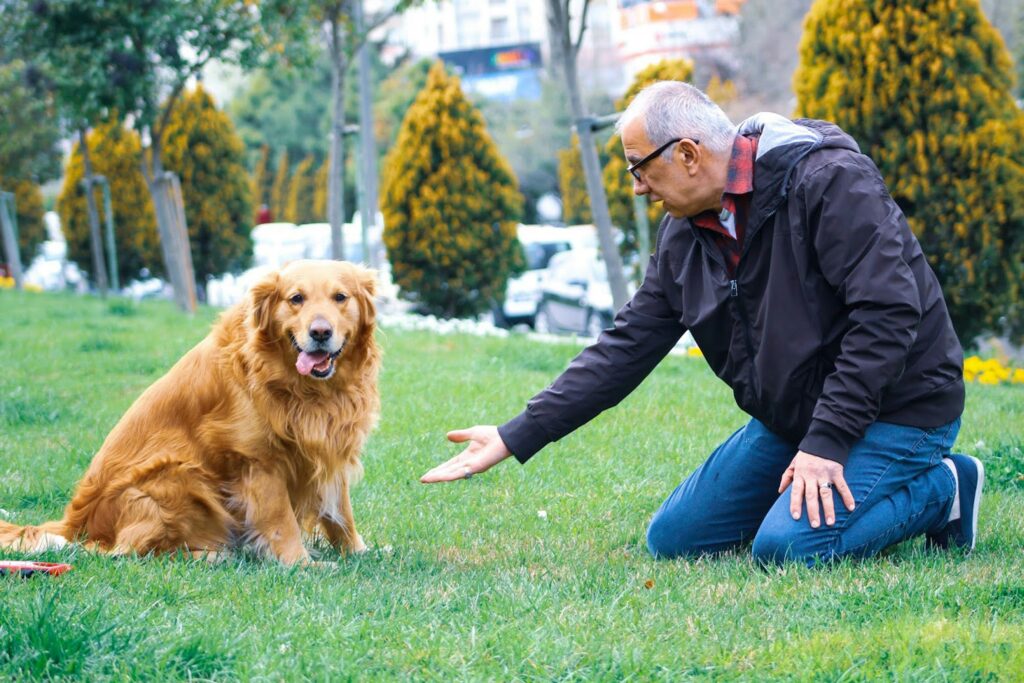
Remarkable animals prove that even brief animal interactions can lower blood pressure and reduce cortisol (the stress hormone). In many world senior health centers, pet therapy emerges as the most effective non-pharmaceutical option for managing depression, dementia, and anxiety.
Why Seniors Respond So Well
There are several reasons why seniors respond exceptionally well to pet therapy. First, many have had pets during earlier stages of life and reconnect emotionally through animal interaction. Second, pets offer non-verbal communication that transcends memory loss or cognitive decline.
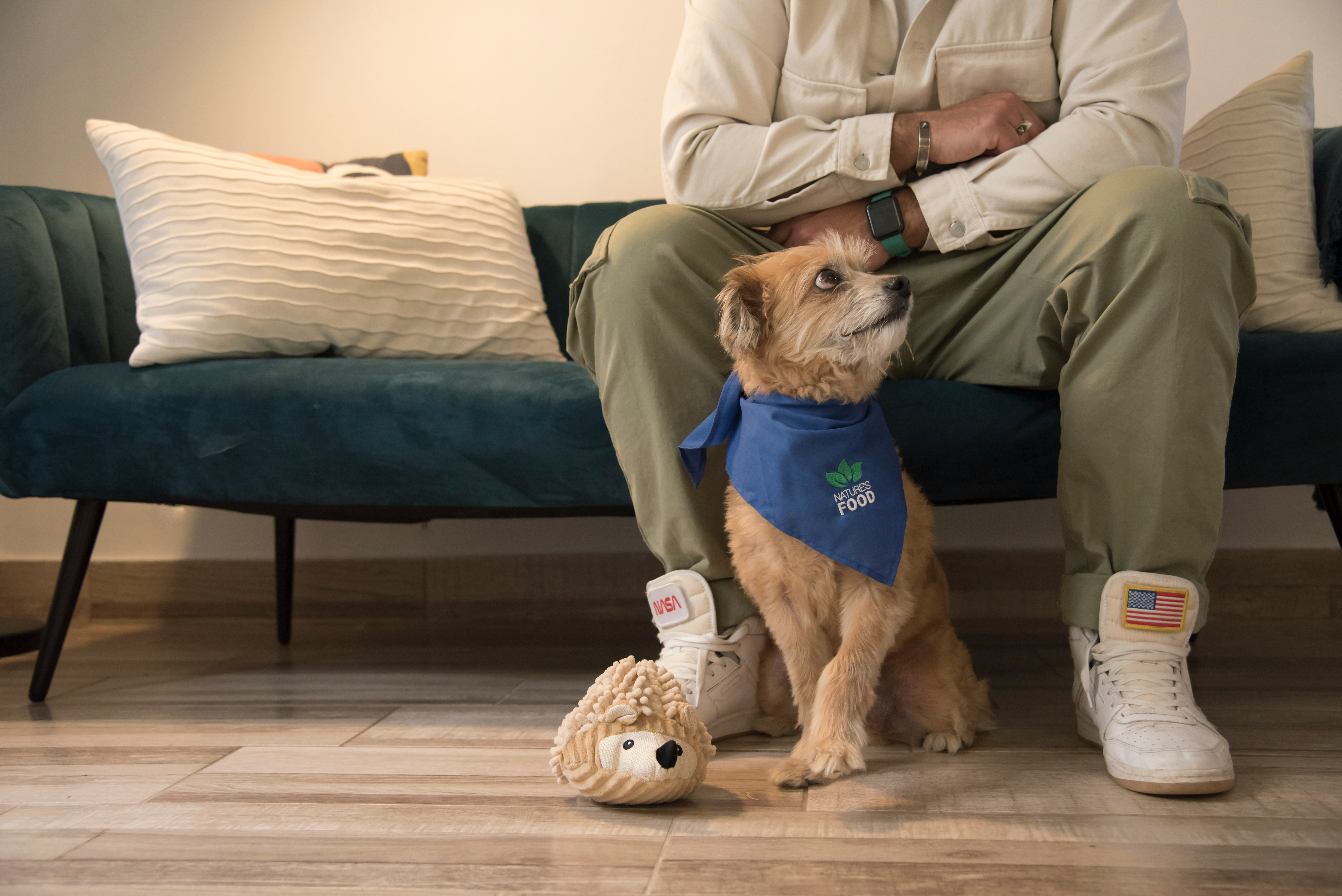
Third, the tactile experience of stroking fur or feeling a wagging tail often awakens deeply buried emotions. This stimulates memories and helps with emotional regulation in ways that traditional talk therapy can’t match.
Therapy for the Mind and Heart
Imagine a senior, once withdrawn, now laughing as a dog does tricks. Picture another, quiet for weeks, now softly talking to a therapy cat. These aren’t rare moments—they’re common in well-run pet therapy programs.
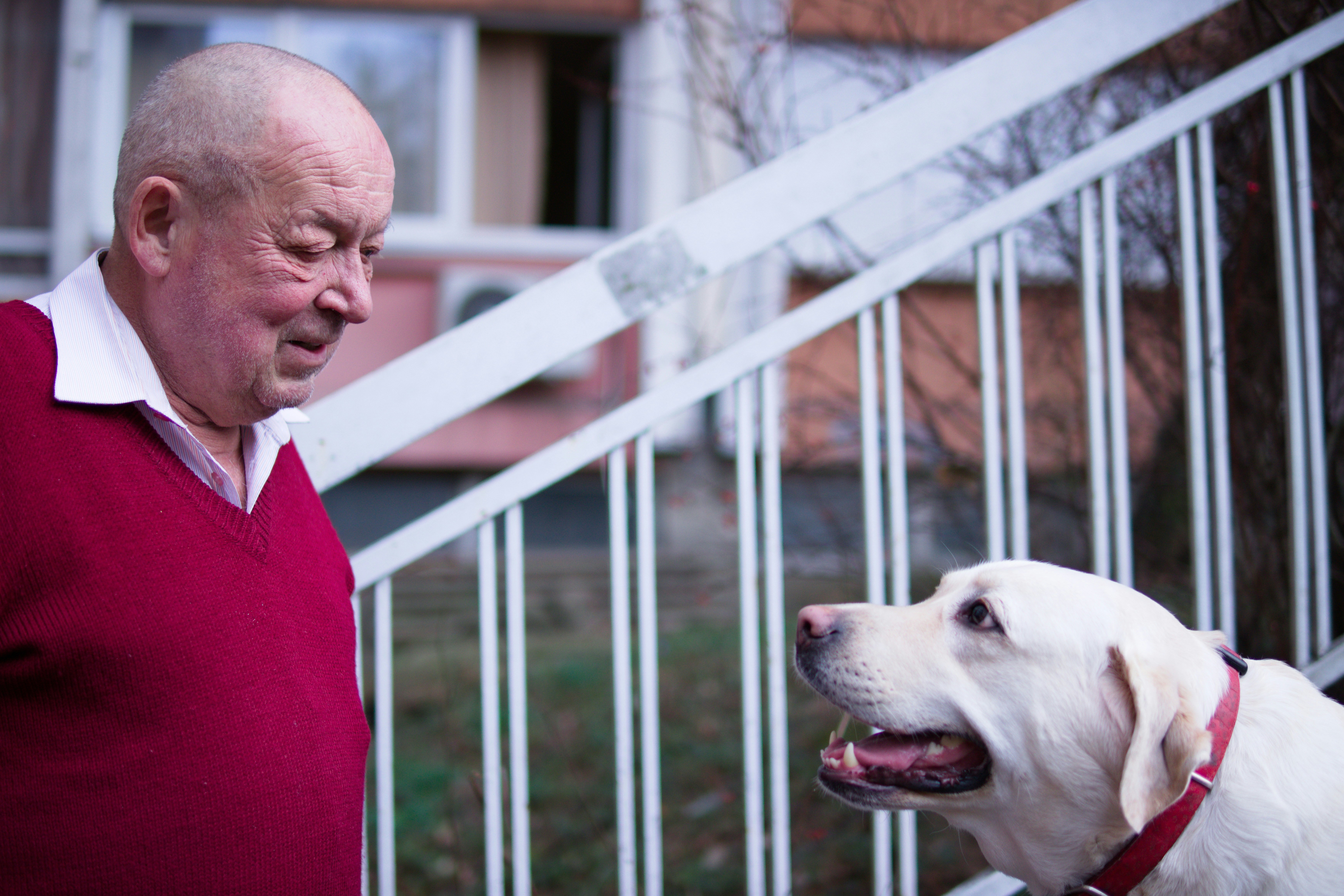
The therapy seniors receive isn’t just about animals. It’s about trust, healing, and connection. Even a gentle paw scratch on a leg can bring immense comfort to someone who hasn’t felt needed or loved in years.
Structured Programs Make the Difference
While informal interactions are helpful, structured pet therapy programs amplify the benefits. Trained handlers ensure gentle and safe interactions. They monitor behavior, encourage engagement, and help forge strong bonds between seniors and their pets.

In many senior homes around the world, pet therapy emerges alongside other treatment plans. Schedules often allocate Tuesdays for gentle therapy sessions featuring wagging tails, and Thursdays for art or music activities. People now view pet therapy as a form of complementary care.
How Pet Therapy Enhances Physical Health

While the emotional benefits are evident, physical advantages are also significant. Playing fetch, brushing a dog, or simply walking with a pet can improve mobility and heart health. These activities don’t just encourage exercise—they create a sense of purpose.
Regular movement, prompted by interaction with pets, leads to improved circulation, a better appetite, and higher energy levels in seniors. Pet therapy programs for seniors have even reported that participants experience faster recovery times from surgery or illness, thanks to the emotional and physical benefits provided by animals.
Emotional Regulation Through Interaction
One of the most significant benefits of animal interactions is their ability to promote emotional regulation. Seniors who struggle with anger, grief, or confusion often find solace in the calming presence of a dog or cat.
Through repeated interactions, they learn to express feelings safely. The pet listens without judgment. The handler guides the conversation. Over time, many seniors rediscover self-worth and emotional stability.
The Global Trend in Pet Therapy
Around the world, pet therapy has become a significant force in senior care. From Japan to Sweden, remarkable animals demonstrate that love, when delivered on four legs, can change lives.
The global senior wellness community celebrates therapy animals for their capacity to lessen reliance on medication. In India, programs bring street dogs into nursing homes. In Canada, therapy bunnies hop into hospital rooms. Everywhere, the theme is the same: pets help people heal.
Beyond Dogs and Cats

While dogs and cats lead the way, other animals also play roles in senior care. Birds, rabbits, and even miniature horses are now used in animal interaction programs. The effect is the same—reduced stress, improved mood, and increased interaction.
It isn’t just about cute faces. Each animal has a unique energy. Some are playful; others are still and calming. The trick is matching the senior with the right furry companion.
How Indy In-Home Care Supports Seniors Through Pet Therapy
At Indy In-Home Care, we understand that a pet is more than an animal—it’s an emotional anchor. We incorporate pet therapy into our personalized senior care programs to foster connection, comfort, and healing.
Our approach ensures that every interaction is purposeful and every pet visit enhances quality of life. By integrating these gentle and loving experiences, we help seniors feel supported—emotionally and physically—right in the comfort of their homes.
Pets Aren’t Just Animals—They’re Lifelines
To say companions aren’t just animals is an understatement. For many seniors, they serve as lifelines, preventing loneliness and reinforcing the desire to interact. A dog sitting patiently beside a wheelchair. A cat curls up for a nap after lunch. These quiet moments speak volumes.
Animal interactions aren’t just delightful—they’re deeply therapeutic. Living, breathing beings give back in ways machines, drugs, or even people can’t always replicate.
The Future of Pet Therapy
As technology advances, there’s growing excitement around robotic pets for seniors with advanced dementia. But nothing replaces the genuine warmth of a gentle purr or a wagging tail greeting you after a nap.
In the future, the challenge isn’t proving that pet therapy works—remarkable animals demonstrate its effectiveness every day. The challenge is ensuring access. More funding, additional programs, and increased awareness will be crucial as we prioritize global senior health.
Final Thoughts
Pet therapy is more than a trend—it’s a movement backed by science, emotion, and experience. The healing found in the gentle nudge of a dog or the calming purr of a cat cannot be overstated. For seniors, these furry companions bring meaning, regulate emotions, and offer love unconditionally.
For many seniors who struggle with loneliness, depression, or physical ailments, the answer might be as simple as four paws and a wagging tail. After all, when it comes to healing, animals don’t just help—they lead the way.
